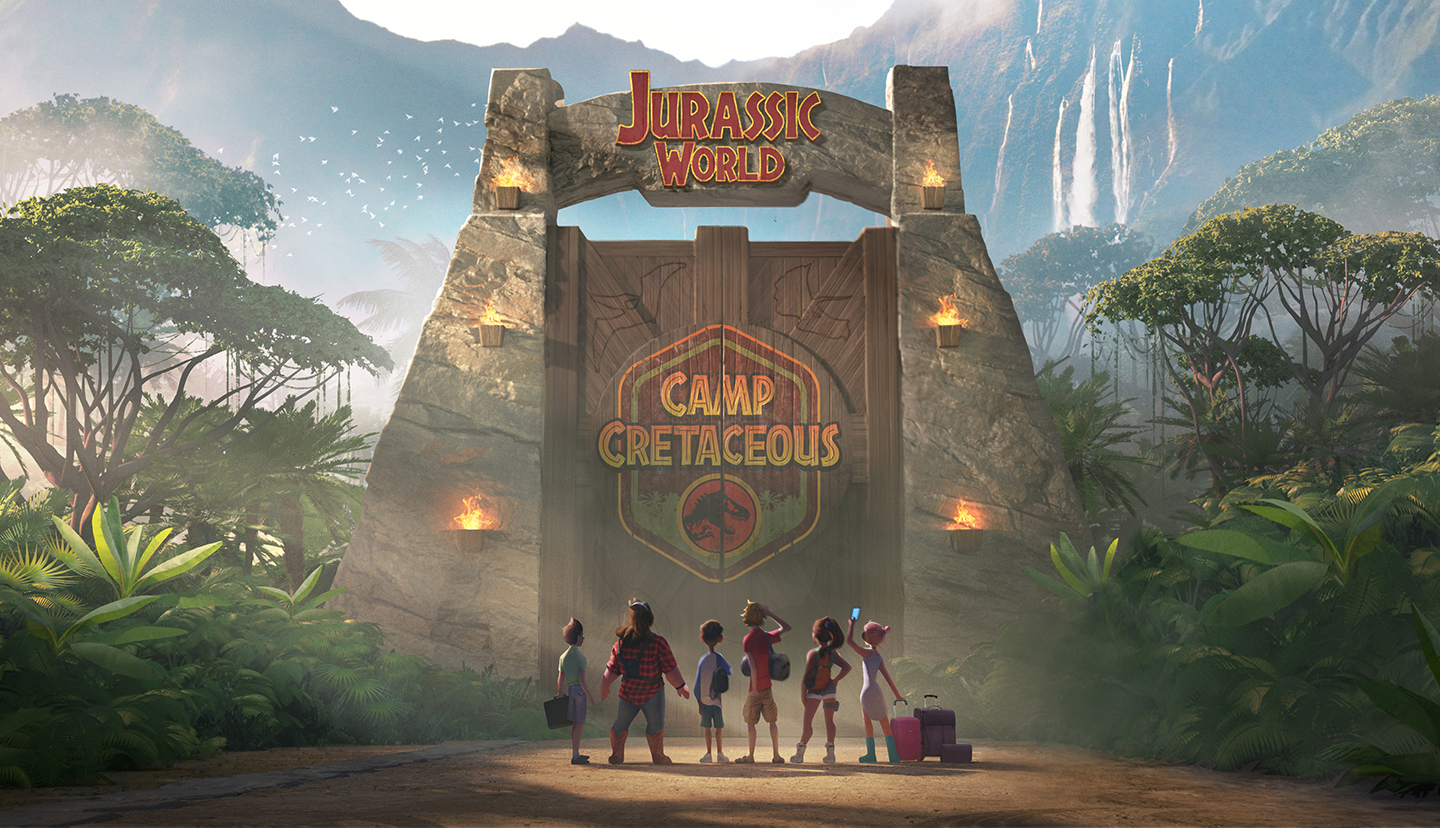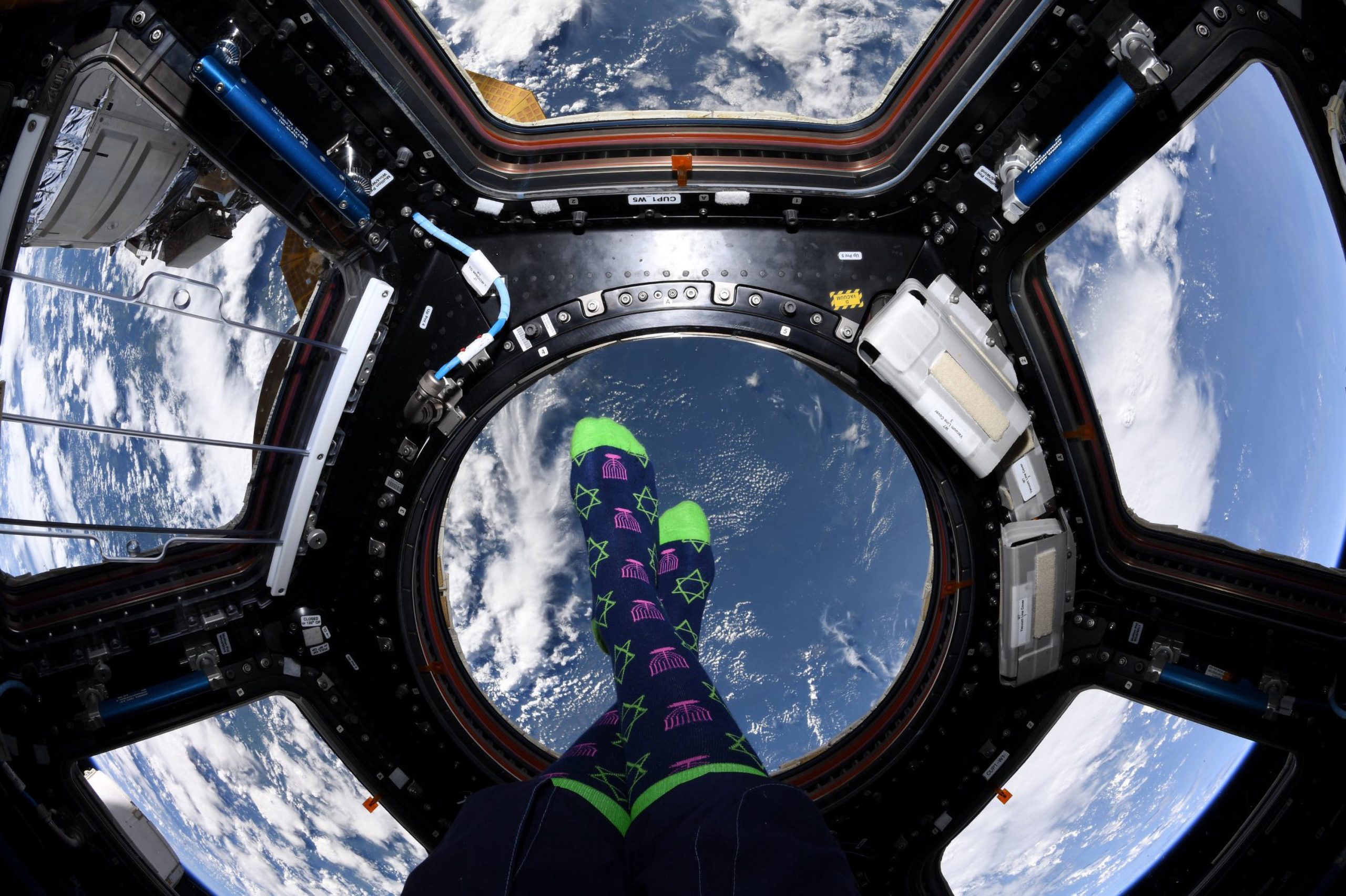
Scott Kreamer spoke with Solzy at the Movies about the new animated series, Jurassic World: Camp Cretaceous, now streaming on Netflix.

Jurassic World: Camp Cretaceous launches this Friday on Netflix. I found that the series keeps the spirit of the films but children are the main focus instead of adults. What do you want parents to know about the show with regards to potentially intense images?
Scott Kreamer: As with all shows, parents should watch and see what they feel is appropriate for their child to see. Though there is no overt blood or gore onscreen, we definitely didn’t shy away from scares and intensity. There are offscreen fatalities.
Why do you think it’s taken this long to get an animated Jurassic Park or Jurassic World series on the air?
Scott Kreamer: I’m only guessing, but I suppose they didn’t feel like they had the right story to tell. When I heard our consultant producer Zack’s idea of putting kids at the center of their own Jurassic story and running it concurrently with the events of Jurassic World, I thought it was a brilliant idea. Rosencrantz and Guildenstern are Dead with dinosaurs. Fantastic.
One of the first things I noticed is the return to the classic red letters instead of the blue that we see in the film. Can you talk about this?
Scott Kreamer: This was the source of a lot of discussion with the Universal Franchise team, but to us, the red just felt right for the show. Luckily, Colin Trevorrow completely agreed with us. The idea behind the blue was to show the cold, corporate side of Jurassic World. I’m paraphrasing here, but I think Colin said something along the lines of that Camp Cretaceous should feel more like a hug.
It takes a few episodes before the series is running simultaneously with the film. In crafting the story, were there any particular events that were off limits from the film?
Scott Kreamer: There were no events that were considered off limits. What was most important to us was that it was plausible for our campers to witness or be in proximity to the different events that they do come in contact with, while not breaking the canon or continuity that is set forth by the film. It was a fun and challenging puzzle to figure out. Sure it would’ve been great to have been able to weave Rexy through our story, but given that she isn’t freed until night time in the film, it didn’t make sense for us to use her.
How involved were Steven Spielberg, Colin Trevorrow, and Frank Marshall in terms of giving notes?
Scott Kreamer: Colin has been very involved all the way down the line. He’s worked in the writers’ room with us numerous times, gave his thoughts on outlines, scripts, character arcs, designs, etc… Frank has also weighed in with his thoughts and notes on various things. Steven hasn’t been as involved in the day to day since he greenlit the project, but right before quarantine, we had the opportunity to walk him through where we were at with the show. Luckily, he was completely onboard and really liked our approach to the characters, story, look and feel of the show. (Phew!) We’ve been very lucky to have these experts share their guidance and wisdom with us along the way, but more than that, the trust they’ve shown us. It has been clear from day one that, yes, this is a Jurassic property, but we were always empowered to go forth and tell our own unique story.

How did you all decide which dinosaurs to use in the series?
Scott Kreamer: A lot of different factors went into these decisions. Sometimes it was story, like choosing to make Bumpy an ankylosaurus because we wanted her to have been a part of the herd that got attacked by the Indominus in the film. Sometimes it was just which dinosaur looked fiercest, like making Toro a carnotaurus. There is a finite number of dinosaurs that canonically are, or could possibly be, on Isla Nublar, so we started with that list and worked our way down to what made the most sense.
After watching the series last week, I decided to rewatch Jurassic World. When Claire Dearing asks Lowery about incidents in the park, he tells her that there were six kids in the lost and found. Can we definitively say that these are those six kids?
Scott Kreamer: I really want to say “yes” but as our kids never did make it to the “Lost and Found”, the answer is most likely no. (Sorry!)
I noticed that the film jumps from daytime to nighttime. What kind of discussions took place in terms of filling in the time gap?
Scott Kreamer: That time jump was a great gift to us continuity-wise, as it gave us a lot more latitude as to where the kids could plausibly be and where the story could take us.
What was the state of production when the pandemic hit in March?
Scott Kreamer: We were right in the middle of production.
Can you speak to the challenges of finishing an animated series during a pandemic?
Scott Kreamer: It definitely took a couple of weeks to find our footing, but it is a real testament to this crew that once we got into the groove, production moved ahead relatively smoothly. After that, the focus became on keeping people feeling connected to one another, avoiding the crew from feeling isolated as much as we possibly could. It was already a challenging job and quarantine definitely didn’t make things any easier. (That being said, we all are extremely grateful to have jobs which allowed us to keep working through all of this.) Considering the state of the world and the fear and anxiety surrounding all of us, I will forever be inspired and uplifted by the tireless effort of the Camp Cretaceous crew. Despite everything, they just kept battling and putting out exceptional work.
After being involved with this franchise, what is your stance on cloning dinosaurs and opening up a resort island theme park?
Scott Kreamer: Neither are on the top of my “to do” list, but never say never, right? I mean, life does find a way.







